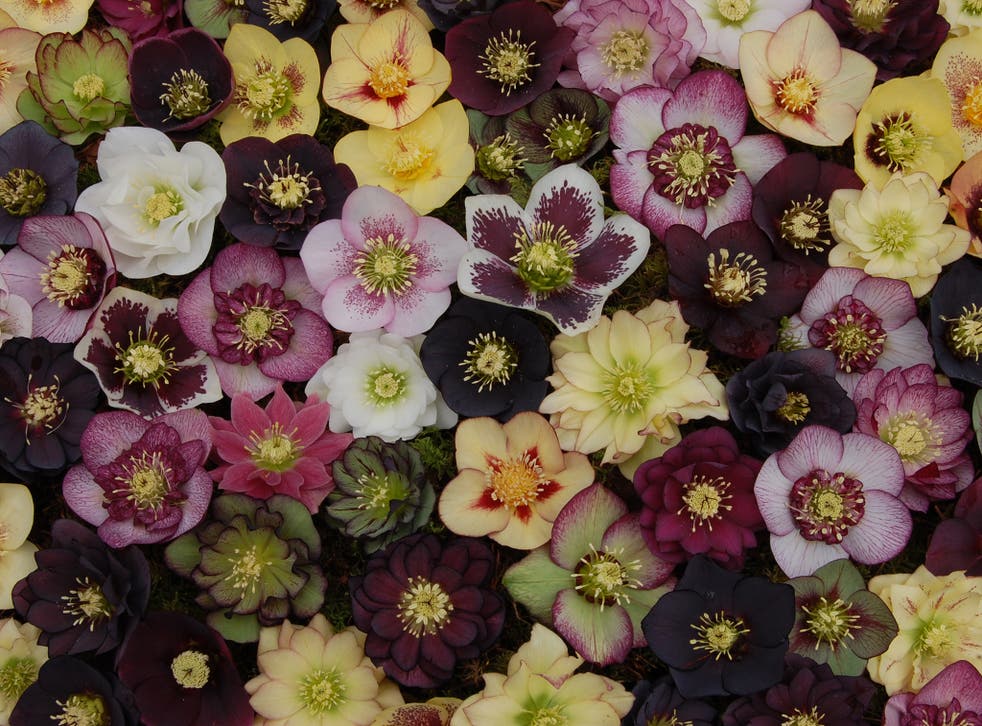How and When to Plant Geraniums [UK]
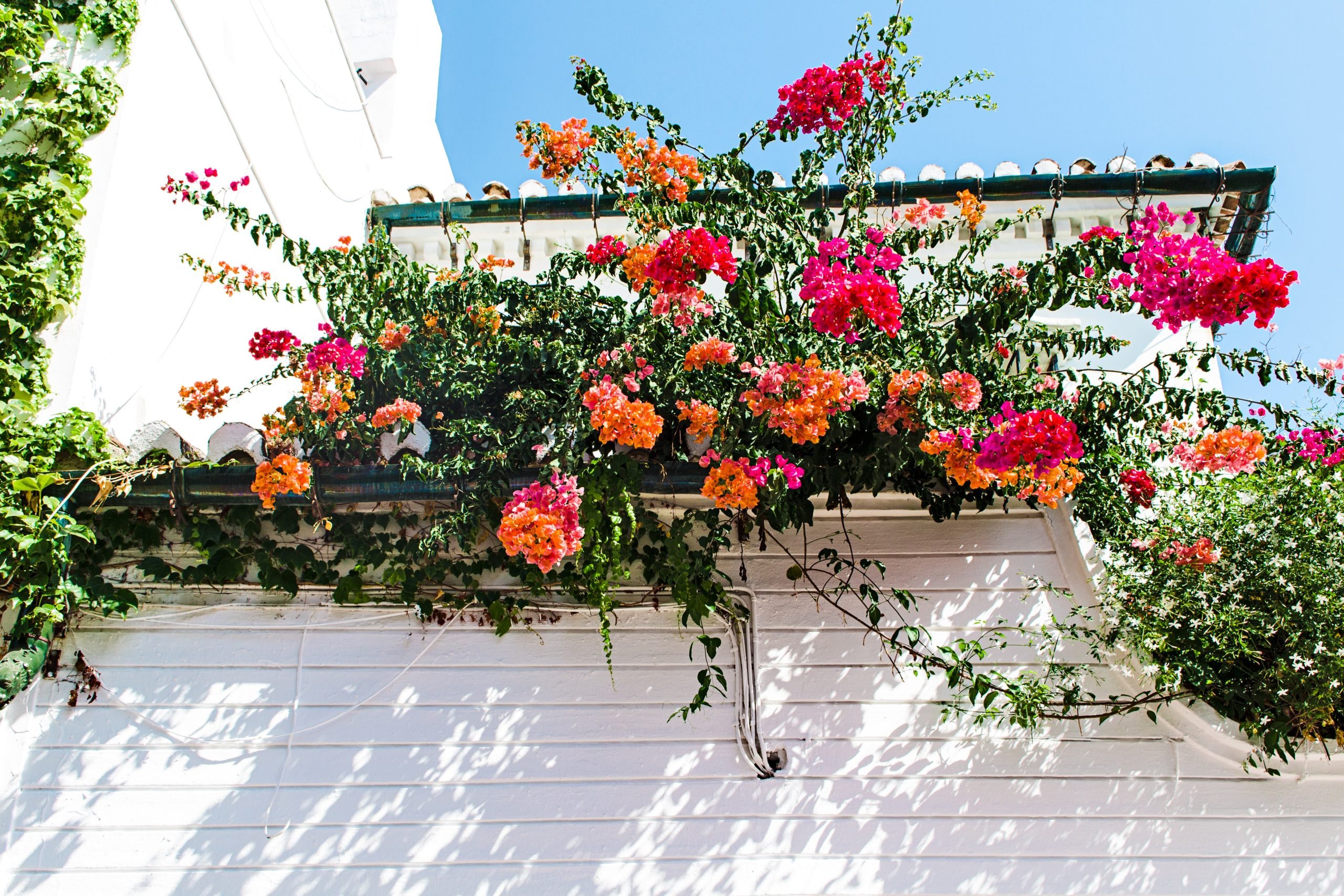
Table of Contents
Geraniums can literally be sown and grown in pots and still be bright. But can one grow this tropical plant even in frost?
These Crane Bills, which need the proper amount of care, water, fertilizer, and soil, have been tested and liked by many greenskeepers. Geranium seeds should be sown in wider areas as each stage progresses.
Is it possible for anyone to cultivate geraniums indoors or in their backyard? These pelargonium plants can be one of the simplest seed projects for novice gardeners if they are given proper care.
Master the technique of sowing geranium seeds from seed trays into bigger landscapes by following these five effortless tips.
In order to make these seeds bloom colourfully in your landscape, we have outlined a comprehensive strategy for cultivating them which includes ways to transfer them effortlessly and garden them properly.
Why Grow Geraniums?
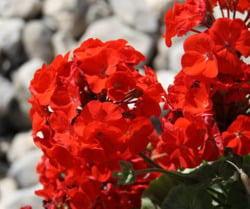
Growing a plant from seed is like nurturing an infant and seeing it grow. It requires patience, nourishment, and a lot of care. Nowadays, not only has the work-life balance become doldrums, but also screen-time has increased for almost all generations. In the midst of all the rush, growing a vibrant plant outside your window can help you detox and relax.
Geraniums are one of the few plants that can be grown by anyone and at any altitude. Those who have never grown a plant before can go for any one of these 400 geranium species, which results in brilliant colours.
These little balls of colour can be sown in seed pots or seed trays, to begin with. After a few weeks of appropriate water and sunlight, they need to be shifted to larger vessels with care.
Apart from aesthetics, these plants have medicinal importance. Geranium leaves tend to be used in anti-ageing and reducing stress, as well as they can even be consumed as food.
How to Grow Geraniums from Scratch?

The majority of the plantations tend to yield fruitful and colourful results once provided with soil full of nutrition. Sunlight and water also play an important role in the growth of geraniums. This tropical herb is native to Africa but possesses the tendency to grow even in snowy regions. The reason is that it requires bright light and not direct sunlight.
Geranium seeds are advised to be sown in late December so that they bloom by April or May every year. These plants take 12 to 16 weeks to blossom. They have a huge growth rate, and the flowers remain vibrant all year when maintained on a regular basis. It is advised to grow these plants indoors in snow-prone areas so the seeds are not damaged by frost.
The most important factor that helps geranium seeds grow and establish their roots in the soil. Nowadays, there are products available online that contain the organic matter required for geranium seeds to grow. Besides this, the soil composition is easy to make at home too. It requires cocopeat, vermicompost in a ratio of 70:30, and a small spoonful of fungicide powder.
Once this mixture is ready and moisturized with water, you are good to sow!
Step-By-Step Guide to Grow Germanium
1. Choosing the Right Seeds
Although the process is long and sometimes turns out to be tedious, it is worth a try. There are many suppliers out there for geranium seeds in both the online and offline markets. Choose those who have been in this field for a while and get advice from one of your anthophilous friends. Geraniums come in almost 400 different varieties, and each one has a distinct colour in its flowers and foliage.
A few of the brightest and most planted geranium seeds include Bullseye Salmon, which blooms into peach-coloured flowers with huge leaves. Catching attention with its bold red look, the Mavericks are in almost all households, as they are heat and humidity tolerant. This makes them remain intact even during the summer.
2. Molding It in a Pot or Tray
Geranium seeds are advised to be sown in a seed tray or pot initially. After a few days, they should be transferred to larger pots due to their huge growth in both area and height. A pot or seed tray with drainage holes in the surface is suggested to avoid any kind of root rot.
The potting mixture should be well-drained before planting the geranium seeds to avoid causing any swamps that would ruin the seeds. Sowing the seeds in a pot can become a bit tedious as the separation of plants becomes more difficult. It is advised to sow a single seed in a tray, which reduces the separation time and damage too.
There are different types of equipment available for garden enthusiasts living at high altitudes which have limited sunlight. This involves the tray, matting, and cover for inducing the seeds to grow like in their natural habitat.
3. Preparing Its Roots
Once the seeds are sown in the tray or pot, it is inevitable to keep the soil moist. The pattern for watering the geranium seeds is via sprinkling methods. A sprayer or mister is advised in this case. The geranium seeds take from 5 to 14 days for germination.
At the stage when these seeds start bearing three to five leaves, it becomes the right time to transfer each root into a larger vessel for adequate growth.
Try to remove the leaves from the roots; this helps in causing no damage to the plant and helps it root when placed in a different vessel.
At this stage, it is advised to use fertile soil in the potting mixture. This is made of organic compost, fine sand, and garden soil. During the sowing process and even during the transfer process, it is always good to place the soil in a compact manner, avoiding air gaps in the pot.
Initially, after the leaves are transferred from a smaller to a larger vessel, they require proper watering and care so they can readapt.
4. Maintenance
Geranium seeds take a while to grow, which means they actually see the season change from winter to summer. Meanwhile, it can be attacked by frost or insects. It is advised to induce fertilizers on a regular basis to the growing plant that are high in potassium and phosphorus content.
A routine water sprinkler can help the soil and leaves remain moisturized.
Geraniums flourish in natural light only, not direct, severe sunlight. It is advised to keep them in a shed during the summer to avoid damage.
The dead stems and leaves should be cut out, so the rest of the stems remain healthy and can be transferred ahead.
5. Outdoor Plantation
Geraniums look great by the bed, window, dining area, and even in the gardens. The best part about these plants is that they remain brightly coloured all through the year.
Before transferring them to the soil bed, it is always good to water them sufficiently to avoid damage. Due to their enormous growth, geraniums should be planted at a distance of 8 to 11 inches apart.
By regularly watering and keeping it insect-free, geraniums will bloom into balls of colour and aroma by the end of a few months.
Conclusion
All in all, by providing these plants with the proper temperature, light, and water to nurture them, their outcome is always serene and priceless.
Try these geranium seed sowings at home and tag our page on social media to avail benefits and discounts. Share your experiences on our page and let us know about your geranium gardening experience.
We’ll be back with more simple plant hacks for naive gardeners!
Frequently Asked Questions
How to Grow Geranium Seeds Indoors?
Geranium seeds are pot lovers. They can be sown and grown in the pot without transplanting elsewhere. By purchasing geranium seeds and potting mixture, one can grow them in a pot or tray indoors.
Are Geranium Seeds Easy to Grow?
Yes, once the seeds and appropriate potting mixture are made available, these seeds are easy to grow in almost all latitudes.
When to Plant Geraniums Uk?
The appropriate time for sowing geraniums is in late December, as these species are intolerant to extreme heat and frost.
Why Do Geraniums Stop Blooming?
Geraniums do not like to sit in soggy soil and direct, extreme sunlight. 4 to 6 hours of sunlight is advised for maximum blooms. Other than this, insect attacks or overuse of fertilizer can cause geraniums to stop blooming.
Can Geraniums Grow in a Greenhouse?
Yes, they are likely to grow in a greenhouse once they start germinating.

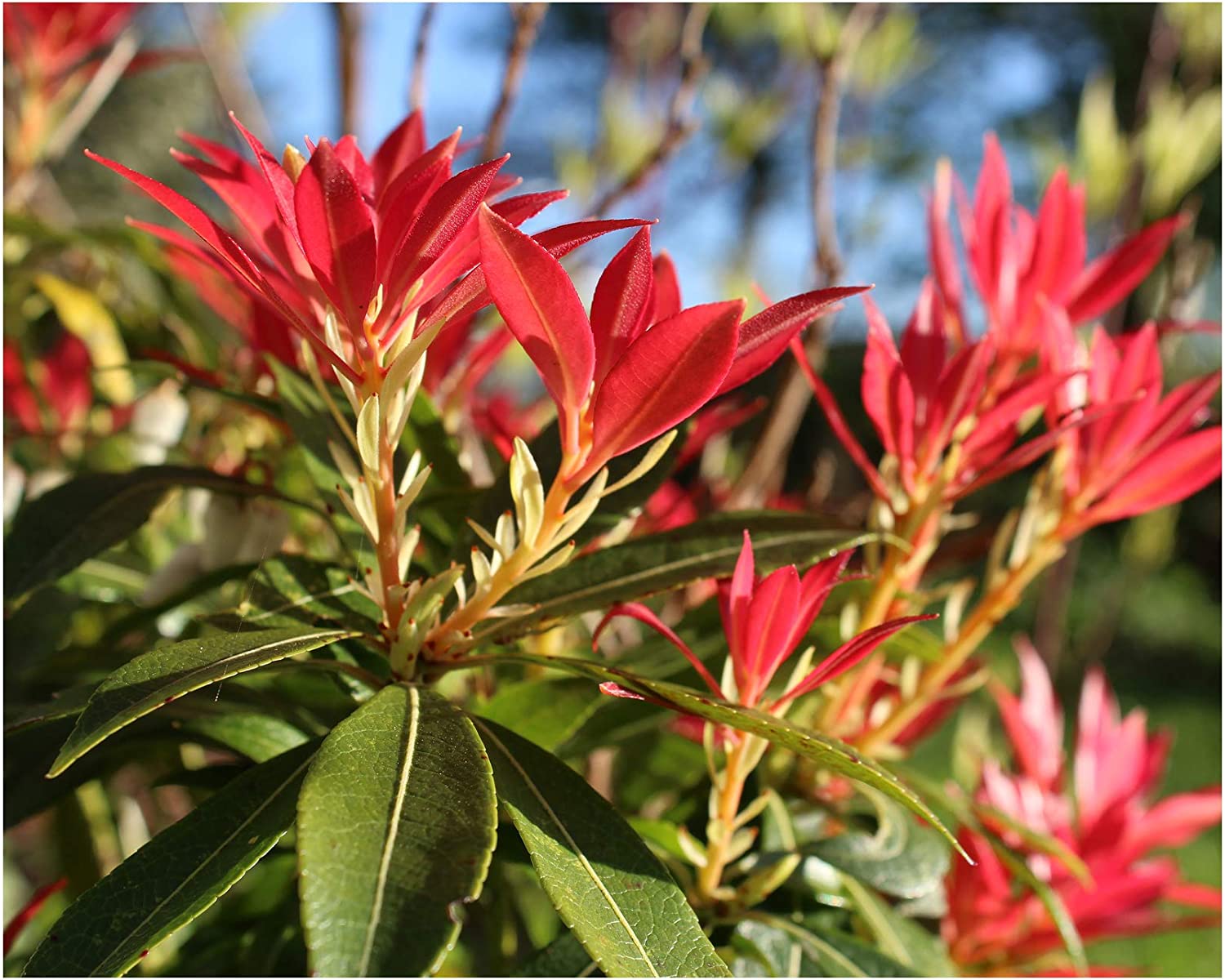
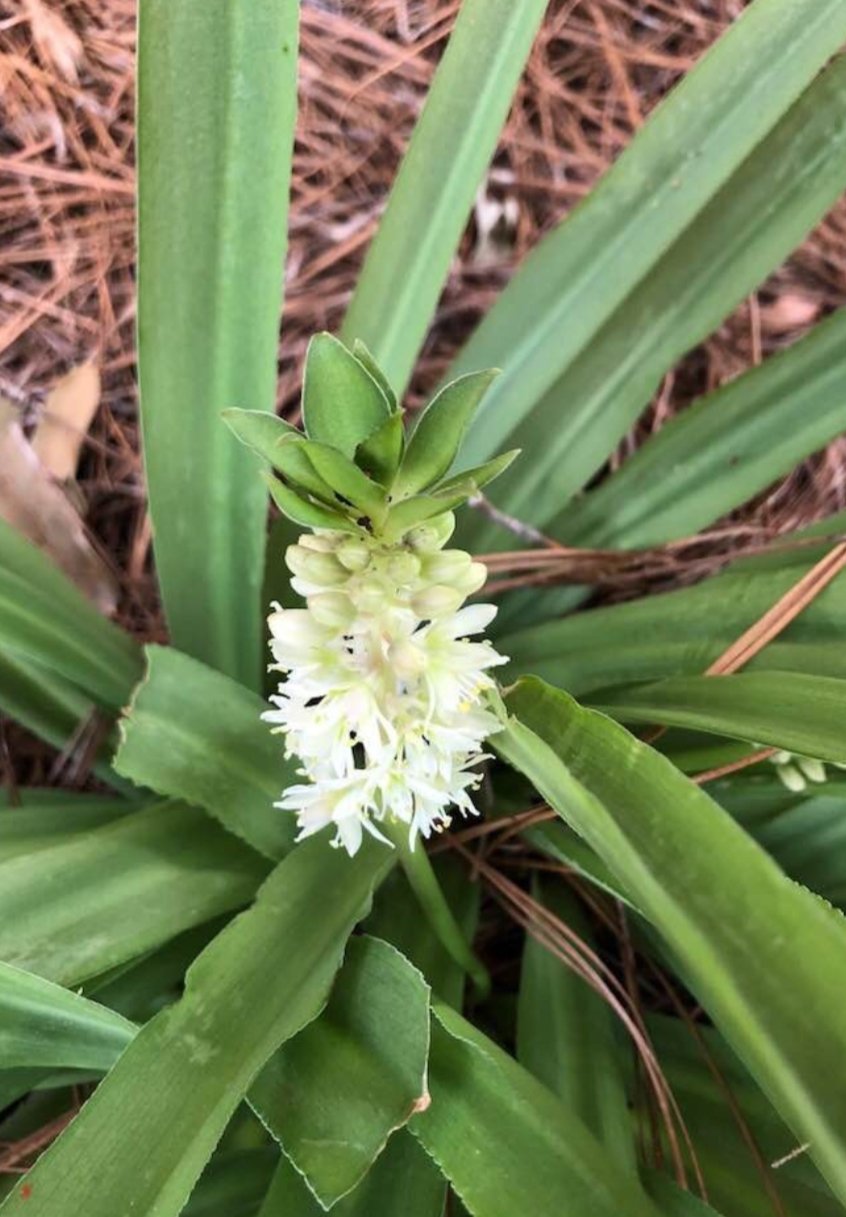
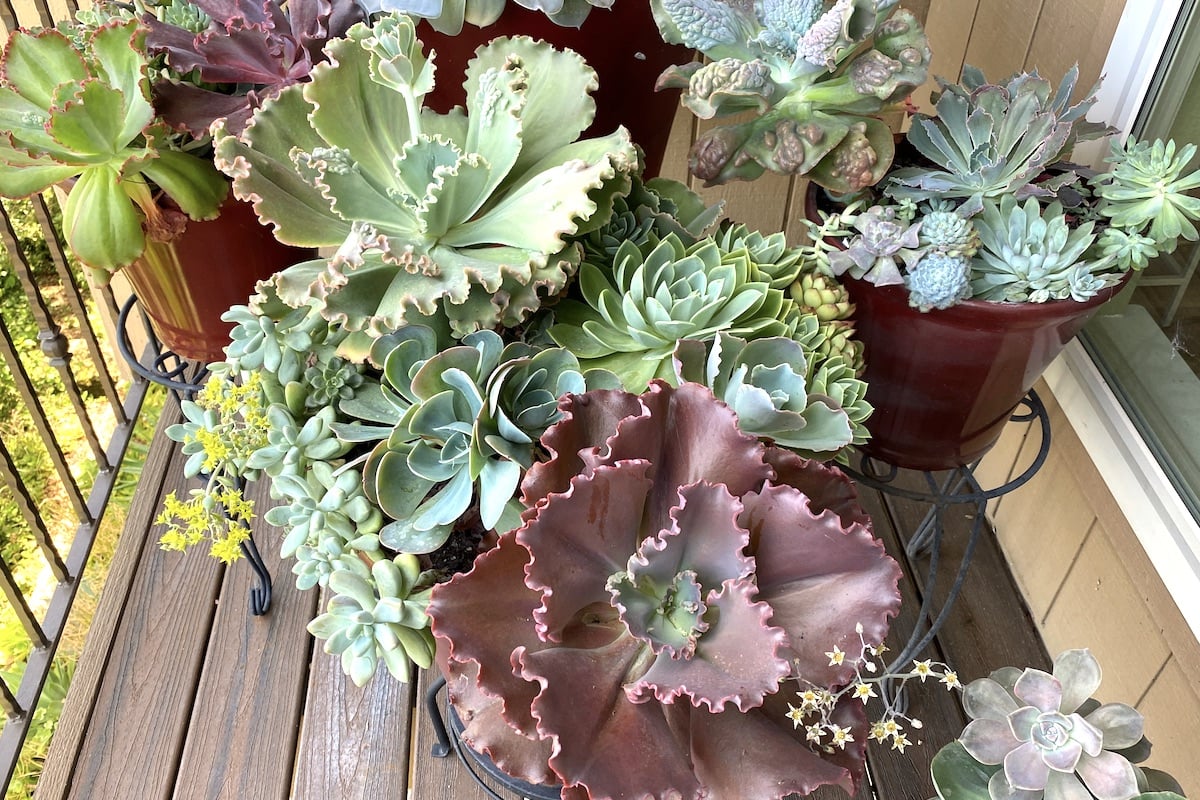
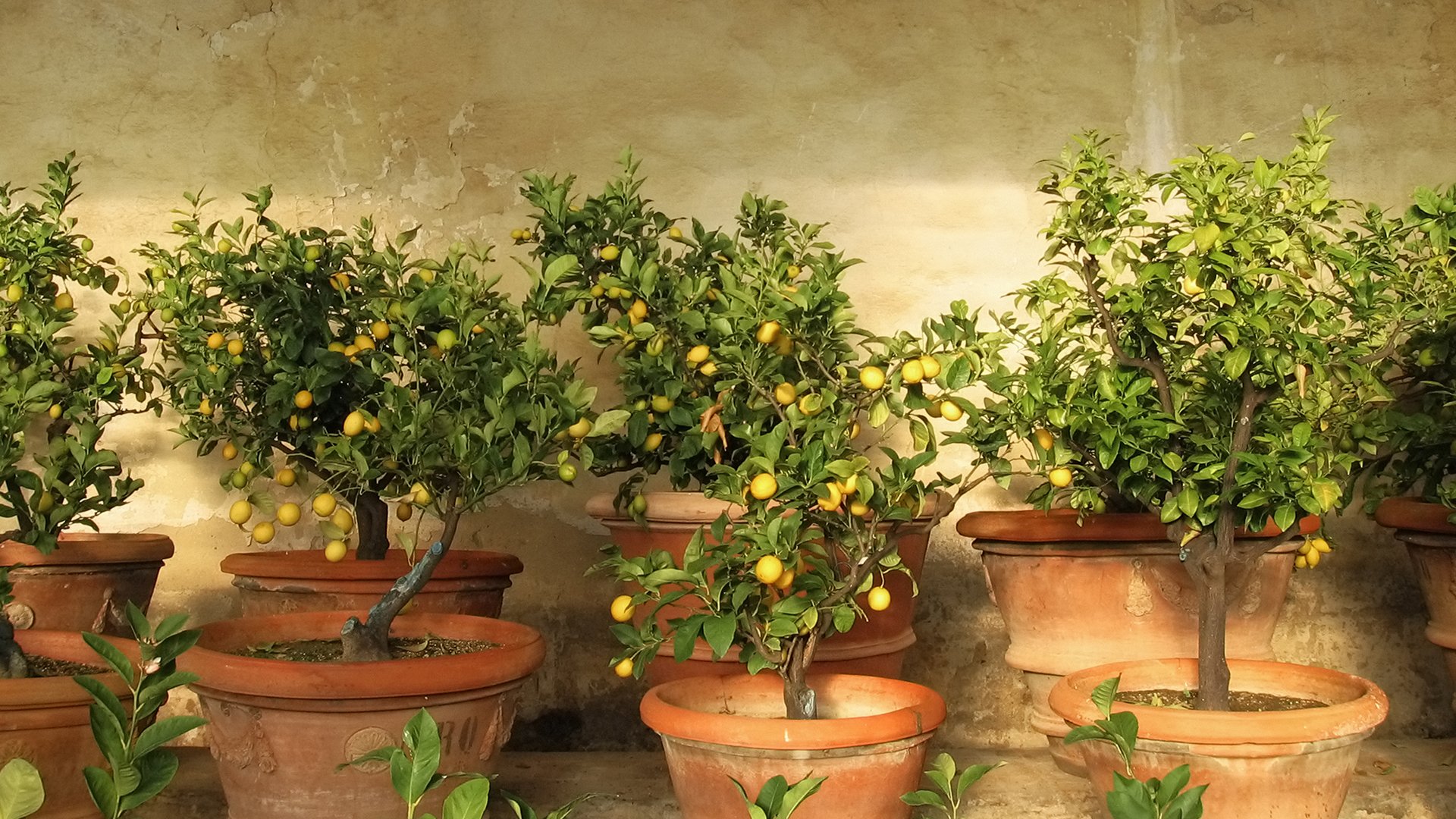
![Learn How to Grow and Care for Spider Plant [UK]](https://staging.thearches.co.uk/wp-content/uploads/How-To-Grow-Care-For-Spider-Plants-scaled.jpeg)
